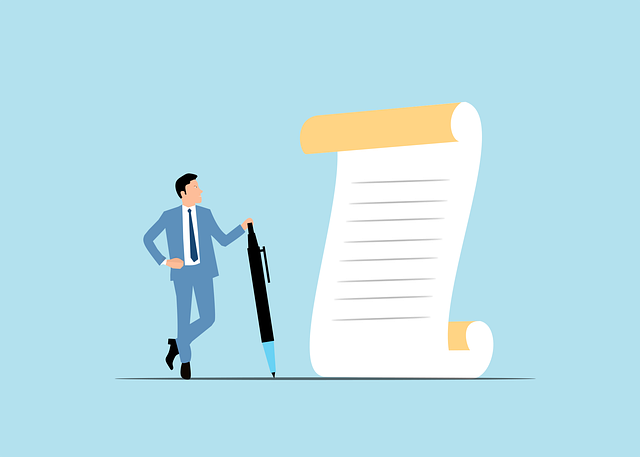The injury settlement negotiation process involves several steps: evaluating injuries, gathering evidence, consulting a lawyer, making offers and counteroffers, and strategically negotiating until a mutually agreeable settlement is reached. This complex journey requires patience and understanding of rights to ensure the best compensation for damages like medical expenses, lost wages, pain and suffering. The process includes initial detail exchange, damage assessment, strategic discussions with insurance companies, and navigating potential hurdles. Duration and outcome depend on case complexity, sought vs. offered damages, and communication between claimant and insurer.
Injury settlements are a complex process, with negotiations playing a crucial role in reaching a fair compensation. This article provides a comprehensive guide to understanding the timeline of injury settlement negotiations. From initial assessments to final agreements, we break down the key stages and factors that influence duration and outcomes. By clarifying this often-confusing aspect of personal injury law, we empower individuals to navigate the process with confidence, ensuring they receive the best possible settlement for their injuries.
- Understanding the Injury Settlement Process
- Key Stages in Negotiation Timeline
- Factors Affecting Settlement Duration and Outcomes
Understanding the Injury Settlement Process

The injury settlement negotiation process can seem daunting, but understanding the timeline and steps involved is crucial for anyone looking to navigate this route. It’s a complex journey that requires careful consideration and strategic planning. This process begins with evaluating your injuries and gathering evidence, including medical records, witness statements, and any relevant documentation related to property damage claims. Once you’ve assembled these materials, it’s time to consult an auto accident lawyer who can assess the strength of your case and advise on potential outcomes.
Throughout the negotiation phase, both parties aim to reach a mutually agreeable settlement. This involves exchanging offers and counteroffers, where the injured party seeks injury compensation that adequately covers their medical expenses, lost wages, pain and suffering, and any other relevant damages. The process can be lengthy, as it demands thorough analysis, strategic negotiations, and often, multiple rounds of discussions before reaching a final agreement. Patience, perseverance, and a solid understanding of your rights are key to successful injury settlement negotiation.
Key Stages in Negotiation Timeline

The negotiation process for an injury settlement is a crucial phase in any personal injury case. It’s a carefully orchestrated dance between the injured party and the insurance company, guided by their respective legal representatives. This intricate procedure involves several key stages that collectively shape the outcome of the case.
Initially, both parties exchange essential information related to the accident, injuries sustained, and medical records. This is followed by a detailed assessment of damages, where the personal injury attorney argues for a fair compensation based on medical expenses, pain and suffering, and potential future care needs. As negotiations progress, the focus shifts to understanding the insurance company’s position and their willingness to settle. The process may encounter obstacles like disagreement over liability or valuation of damages, but these are navigated through strategic discussions, sometimes involving mediators, aimed at reaching a mutually agreeable accident settlements figure that rectifies any fiduciary duty breaches.
Factors Affecting Settlement Duration and Outcomes

The duration and outcome of an injury settlement negotiation are influenced by several key factors. One significant aspect is the complexity of the case itself; severe injuries or unique circumstances often require more extensive investigations, expert opinions, and legal analysis, leading to longer negotiations. The amount of damages sought by the claimant and offered by the insurer also plays a critical role. High-damage claims typically take longer to resolve as both parties gather evidence and assess liability thoroughly.
Additionally, the willingness to cooperate and communicate between the injured party and insurance representatives can impact settlement timelines. In some cases, property damage claims from homeowner insurance or real estate litigation may introduce further delays due to the need for detailed assessments, negotiations over repairs or replacements, and potential disputes over coverage limits. Effective communication and a shared goal of reaching a fair resolution can expedite these processes, whereas disagreements or extensive back-and-forth exchanges can prolong settlement negotiations.
Injury settlement negotiations can be a complex process, but understanding the timeline helps. By familiarizing yourself with key stages, recognizing factors that influence duration and outcomes, you can navigate the process more confidently. Remember, effective communication, thorough preparation, and knowing your rights are essential elements in achieving a favorable injury settlement negotiation outcome.






